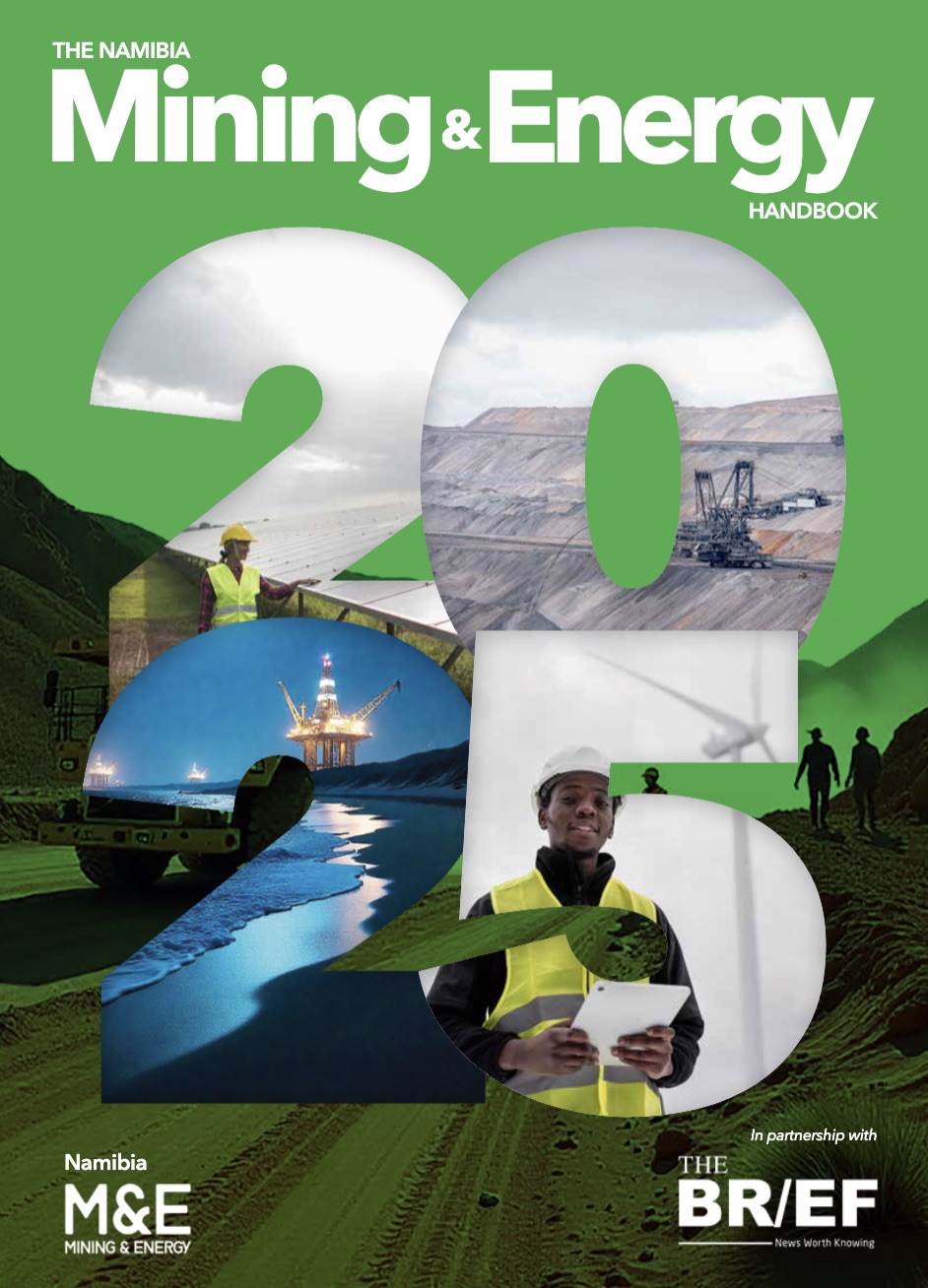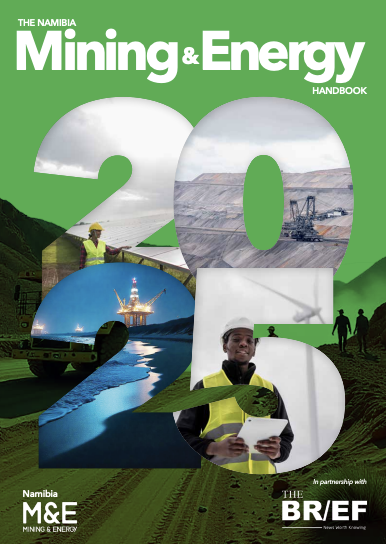
By Fausto Mendes
Southern Africa is standing at a crossroads. Namibia and Botswana are moving forward with an ambitious plan: a joint refinery designed to process up to 100,000 barrels of oil per day, turning Walvis Bay into a strategic energy hub. Advocates call it a game-changer for regional security and industrial growth. Critics warn it could become a costly gamble.
So, what’s at stake—and what needs to happen for this vision to succeed?
Why This Refinery Matters
Namibia and Botswana currently import nearly all their fuel, relying on foreign refineries thousands of kilometers away. This dependence inflates costs for consumers and industries alike—especially mining, which powers Botswana’s economy.
A domestic refinery could cut reliance on imports, create jobs, stabilize prices, and position Namibia as a logistical hub for neighboring countries.
But there’s a twist: Dangote Refinery in Nigeria—Africa’s largest—has started shipping fuel and plans to install 1.6 million barrels of storage in Walvis Bay, meaning competition will be fierce.
The Economic Reality Check
When people hear about oil projects, they imagine instant wealth. The truth is more complicated.
Global oil prices in August 2025 hover around US$ 67 per barrel for crude. Diesel and jet fuel trade near US$ 94–96 per barrel, but refining margins—the profit from turning crude into products—are only US$ 3–8 per barrel, far below the highs of 2022–23.
In simple terms: building a refinery today is like opening a restaurant when food prices are stable but customer spending is uncertain. You can make money—but only if you control costs and secure steady buyers.
What Will It Cost—and Who Pays?
Current estimates place construction costs between US$ 2.5 and 3.5 billion for a 100,000 bpd facility. Operating costs add another US$ 5–7 per barrel. For perspective, Nigeria’s Dangote refinery cost nearly US$ 20 billion for 650,000 bpd.
Even under optimistic assumptions, the payback period could stretch beyond 12 years unless the project captures premium pricing or integrates petrochemicals to boost margins. That means this refinery isn’t a quick fix—it’s a long-term industrial strategy.
Steps to Make It Work
Experts agree: for this project to deliver real socioeconomic benefits, execution matters as much as ambition. Here’s what needs to happen:
Pick the Right Design A modern refinery must prioritize diesel and jet fuel, the lifeblood of transport and mining in Southern Africa. That means deep-conversion technology—hydrocrackers, residue upgrading units, and hydrogen plants—rather than outdated configurations that produce heavy fuel oil with little market.
Secure Supply and Demand The project will rely on imported crude until Namibia’s offshore discoveries mature. Long-term crude supply agreements and offtake deals with mining firms, airlines, and fuel distributors will be critical to guarantee steady throughput.
Build World-Class Infrastructure Walvis Bay’s port needs dedicated berths and storage tanks for crude and products. Without this, even the best-designed refinery will face costly bottlenecks.
Think Beyond Fuel To future-proof the project, planners should explore petrochemical units and Sustainable Aviation Fuel (SAF) co-processing. These additions could open export markets and attract financing from investors focused on low-carbon solutions.
Digital and Energy Efficiency Integrating real-time process optimization and energy recovery systems can cut costs by up to US$ 1 per barrel, a significant boost to competitiveness.
The Socioeconomic Payoff
If successful, the refinery could create thousands of jobs during construction and hundreds more in operations. It would also reduce currency outflows, as less money is spent importing fuel. Beyond economics, it would strengthen energy security—a vital factor for growth in transport, mining, and trade.
But success won’t happen automatically. In today’s low-margin refining world, political alignment, disciplined execution, and regional cooperation are non-negotiable.
Bottom Line
The Namibia–Botswana refinery is more than an industrial project; it’s a test of regional ambition. Done right, it could turn Walvis Bay into a hub that powers Southern Africa’s growth for decades. Done poorly, it risks becoming another expensive symbol of missed opportunity.
The next two years—final design, financing, and infrastructure commitments—will decide which path this project takes.
*Fausto Mendes, Pr. Eng., is a Project Manager and founder of F. Mendes Engineering Consulting, with over two decades of experience leading complex, large-scale engineering and infrastructure projects across Europe and Africa. Career highlights include overseeing the construction of hospitals, refineries, and oil storage facilities, as well as spearheading strategic initiatives in electrical systems, automation, safety, and commissioning.







